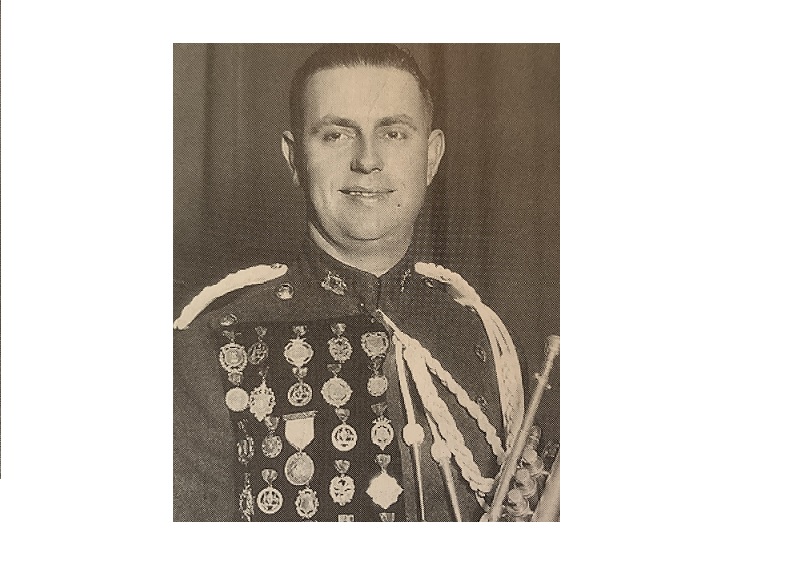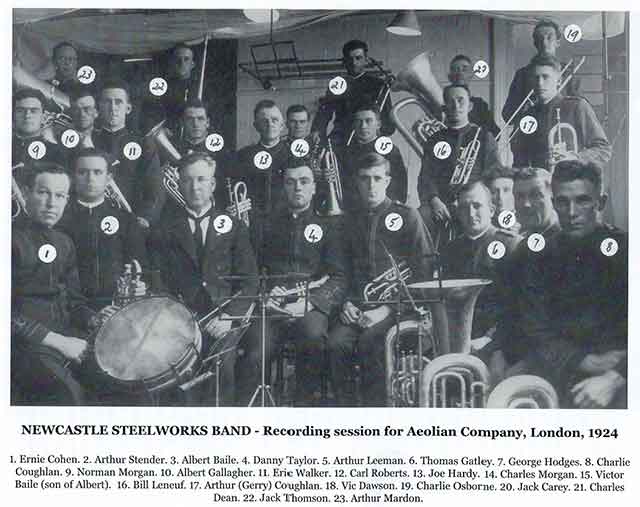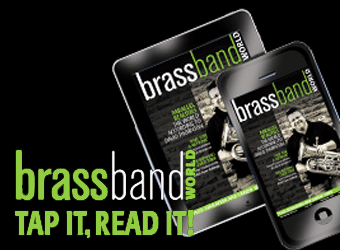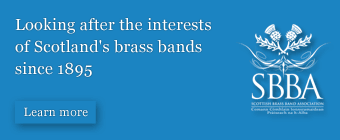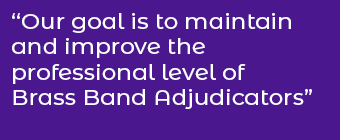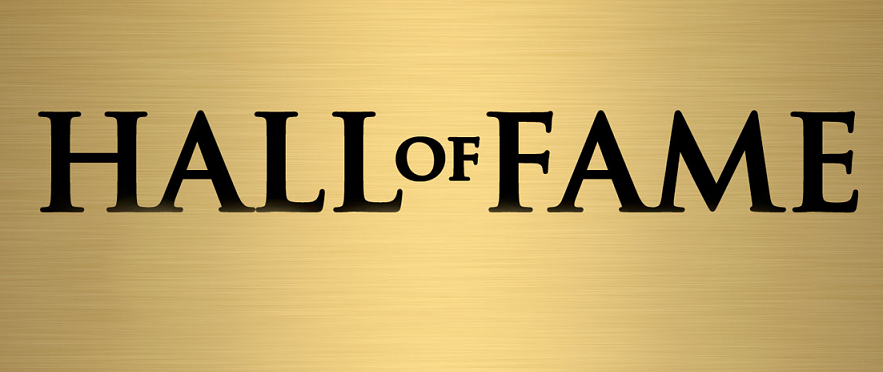
Brass band historian Tim Mutum has been asked by 4BR to curate a ‘Hall of Fame’ of players, conductors, composers, adjudicators, entrepreneurs, administrators and personalities who have helped to shape as well as drive the brass band movement from its beginning to the modern day.
Fame can be lasting and indelible or fleeting and ephemeral – from the names who appear on contest record rolls of honour to those who made contributions to greatness in other ways around the brass band globe.
Fame can be lasting and indelible or fleeting and ephemeral – from the names who appear on contest record rolls of honour to those who made contributions to greatness in other ways around the brass band globe.
The undisputed giants of Gladney, Rimmer and Mortimer will of course be included, but so too those who may not so readily be spoken of as ‘greats’ but whose contribution should without doubt be marked.
We hope you enjoy the series, which we also hope will be added to with further information about each person as we develop it further.
No.6: Arthur Stender (1899 – 1974)
There has always been a special place in the hearts of brass band audiences for virtuoso cornet players.
Before the outbreak of the First World War the names of John Paley, Alexander Owen, Ceres Jackson and Edwin Firth were already spoken of in reverential terms. Harry Mortimer, Jack Mackintosh and Willie Lang were to come.
As was a soft spoken, unassuming man on the other side of the globe: Arthur Paul Stender - the Australian banding world’s version of Donald Bradman; a player of supreme talent whose musical career lasted until his sudden death in April 1974.
Feared and admired
Like Bradman, the British both feared and admired him in equal measure. Away from the contest stage he was modest and generous to a fault. On it however, he was a showman - always performing his solos without music, his uniform festooned with the medals of his success.
A report from ‘The Daily Colonist’ newspaper from British Columbia in 1926, when he performed with the Australian National Band on their world tour, described him as, “...at the head of his profession today, and is recognised as one of the most brilliant cornet soloists of the present era.”
A little while later, following a performance in South Africa as they made their long journey home, the revered music critic for the ‘Johannesburg Star’ said that he had, “...expressed all emotions through the bell of his wonderful cornet”.
A report from ‘The Daily Colonist’ newspaper from British Columbia in 1926, when he performed with the Australian National Band on their world tour, described him as, “...at the head of his profession today, and is recognised as one of the most brilliant cornet soloists of the present era.”
Great brilliance and power
They added: “Last night he played ‘Titania’, one of Rimmer’s most delightful fantasias. His tone was pure and at times indescribably silky, and the cornet literally sang through the passages.
Then, in the following variation he showed himself to be the master of the art of triple-tonguing. He ‘feathered’ the triplets without fault and the fastest passages did not find his fingers wanting. His breath control was marvellous.
The art of cornet playing still lives. The mantle of the illustrious John Hartman and Alex Owen has fallen on him with great brilliance and power. It was a remarkable exhibition.”
Australitis
As principal cornet of the Newcastle Steelworks Band (above - 2nd from left front row - number 2) on their historic tour to the UK in 1924, bands such as Black Dyke and Besses pulled out of contests saying they were ‘underprepared’. Others called it a case of Stender inspired ‘Australitis’.
Arthur Paul Stender was born in 1899 in Richmond, a suburb of Melbourne. His father, Gottled was of German extraction and taught Arthur and his brothers Peter and Joe to play.
His first instrument was tenor horn, but, soon moved to soprano where he came under the guidence of his uncle, Peter, the conductor of what was known as Stender’s South Melbourne Band. By the time he was 15, Arthur was making his mark in the many solo competitions in the region.
In 1916 he won the soprano prize of the important Ballarat South Street contest. It had started in 1900 and was referred to as the ‘Mecca’ of Australian banding. It was even conferred a ‘Royal’ title.
Blue Riband
Two years later Stender won the Blue Riband cornet prize. That was catalyst moment of his career and by 1920 he repeated the success - scoring a remarkable 98 points out of 100 against the champion soloist of every state in Australian and New Zealand. He played Percy Code’s ‘Miranda’ - a solo that was to become a perennial favourite.
The adjudicator that day in 1920 was Chris Smith, a former conductor of Besses o’ th’ Barn Band, and news of the young sensation soon filtered back to the UK where antipodeans’ banding was viewed with imperial snobbishness.
How that was to change.
That was catalyst moment of his career and by 1920 he repeated the success - scoring a remarkable 98 points out of 100 against the champion soloist of ever state in Australian and New Zealand. He played Percy Code’s ‘Miranda’ - a solo that was to become a perennial favourite.
Unquestionable
Keen to improve, Arthur also played with several Melbourne bands, becoming principal cornet of the Collingwood Citizen’s Band at the age of 18. Under the direction of Frank Johnson they won the 1919 and 1924 ‘Australian’ Championships (although these were fledgling events), whilst Arthur retained the prestigious Ballaret Blue Riband title in 1921 and won it again in 1923.
In 1920 he was awarded an Associate Diploma from the London College of Music (gaining the second highest mark for a student from a British Dominion) and in1922 he crossed the Tasman Sea to claim the New Zealand Cornet Championship, as well as play principal cornet for Wellington Watersiders who claimed their first National title.
Now the unquestionable star player of his generation, in 1924 he was invited by Albert Baile to become the principal cornet of the ambitious Newcastle Steelworks Band, which was about to tour Britain with the aim to claim the September Belle Vue title as well as perform at the British Empire Exhibition.
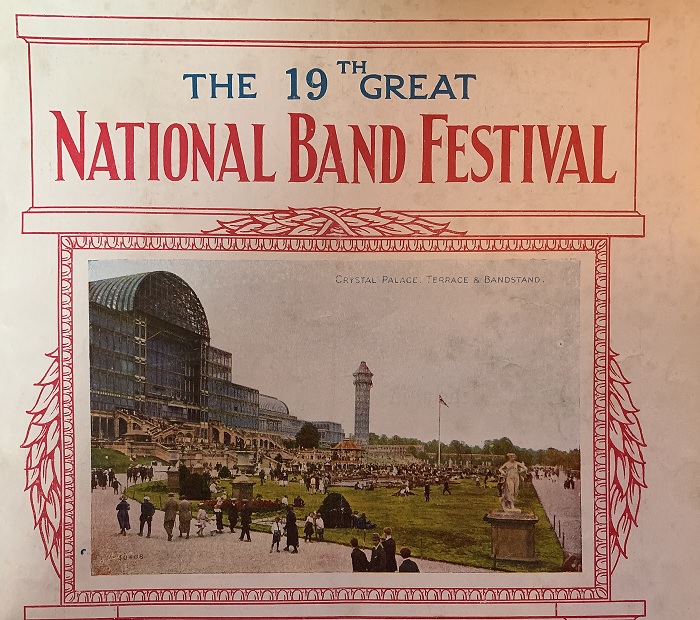
Arthur Stender was a featured soloist at the Grand Festival Concert
Sensation
Stender was a sensation - as were the band. At Halifax they beat Black Dyke, Foden’s and Irwell Springs. In concert performances Stender was featured playing Percy Code’s new solo, ‘Zelda’ as well as ‘Titania’.
After Halifax, the British Open was won, before the band was invited to compete at the National Championship at Crystal Palace. Although they could only manage third place, Stender’s reputation was sealed when he was featured as one of the two soloists in the Grand Festival Concert, playing ‘Zelda’. The other was Harry Mortimer. The estimated audience was 12,000 strong.
After Halifax, the British Open was won, before the band was invited to compete at the National Championship at Crystal Palace. Although they could only manage fourth place, Stender’s reputation was sealed when he was one of the two featured soloists in the Grand Festival Concert, playing ‘Zelda’. The other was Harry Mortimer. The estimated audience was 12,000 strong.
On the band’s return Stender became interested in mouthpiece design and manufacture: His ‘bumper-up’ in the Newcastle Band, Danny Taylor, once remarking that he “always carried a pocketful”. Arthur was renowned for changing mouthpieces for different pieces of music and solos.
He also returned to play with the Australian Commonwealth Band in 1926, before enjoying a successful career with orchestras at the Capitol Theatre in Melbourne and with private teaching.
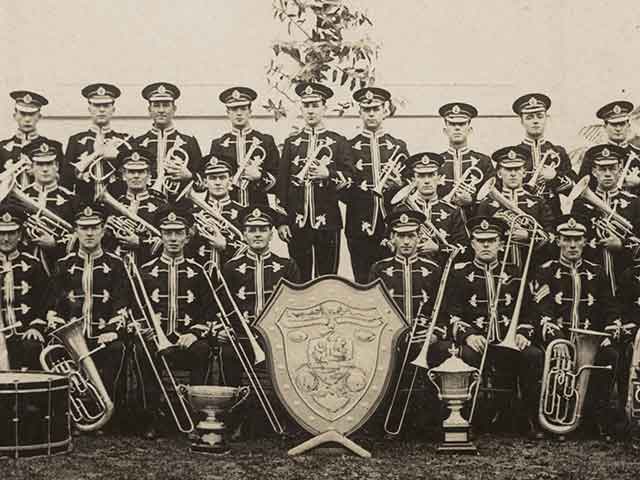
Stender as a member of the1924 British Open winning band - the first to claim the famous Gold Shield
Final honour
In 1931 he married Nellie White, a violinist with the Victorian Professional Orchestra where he was principal trumpet - and such was the respect in which he was held, the full orchestra played the ‘Wedding March’. They went on to have two children, both of whom became successful professional musicians.
Arthur Stender later became the principal cornet of the Australian Broadcasting Commission military band, a role he held until 1946 when he became principal trumpet at the Sydney Symphony Orchestra. He remained there for a decade, also teaching at the famed Nicholson College of Music and the NSW Conservatum of Music.
On the first visit of Queen Elizabeth II and the Duke of Edinburgh to Australia in 1954, Arthur performed Purcell’s ‘Trumpet Voluntary’ at a Cathedral service in Sydney. It was flawless.
One final honour came as a performer in 1954 - one regarded by him as the highlight of his career.
On the first visit of Queen Elizabeth II and the Duke of Edinburgh to Australia in 1954, Arthur performed Purcell’s ‘Trumpet Voluntary’ at a Cathedral service in Sydney. It was flawless.
In later years he never lost his enthusiasm or love for the brass band movement and his death in April 1974 came as a great shock to all who had admired him around the globe.
Tim Mutum
To hear Arthur Paul Stender perform: https://www.youtube.com/watch?v=6Fn8VgZK9Yc
4BR Hall of Fame: No.1: Jack Atherton
https://www.4barsrest.com/articles/2019/1832.asp
4BR Hall of Fame: No.2: Albert Baile
https://www.4barsrest.com/articles/2019/1836.asp
4BR Hall of Fame: No.3: Stanley Boddington
https://www.4barsrest.com/articles/2019/1842.asp
4BR Hall of Fame: No.4: Bram Gay
https://www.4barsrest.com/articles/2020/1848.asp
4BR Hall of Fame: No.5: Leonard Lamb
https://www.4barsrest.com/articles/2020/1855.asp



